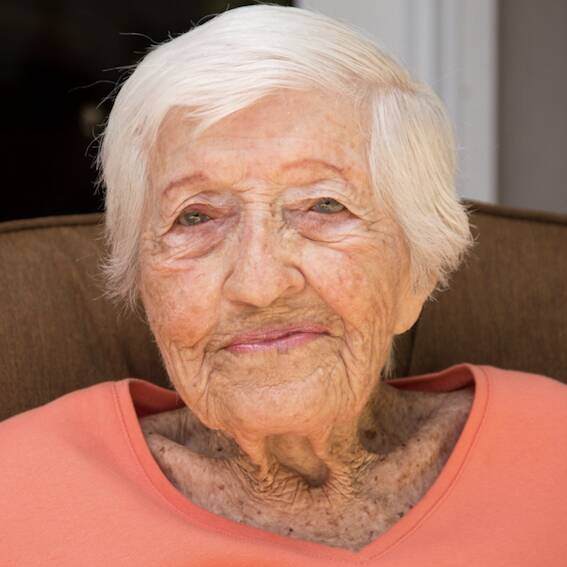

Deliver better care for older adults with AI that predicts risks before they become problems
Give residents personalized attention when they need it. Empower your staff. Manage costs. Build trust with families by providing exceptional care. With Zemplee’s proprietary AI remote monitoring systems, not only can your caregivers track vital signs in real-time—you’ll have a system that alerts your team to intervene early.
Trusted Partners and Affiliations










Meet GRACE: Your Facility's 24/7 AI Care Partner
GRACE is Zemplee’s proprietary artificial intelligence that works behind the scenes to keep residents safer and healthier. Unlike basic monitoring systems that just collect data, GRACE actually learns, predicts, and alerts your team to take action.

Here's what makes GRACE different
Learns individual patterns
GRACE studies each resident's unique daily routines, establishing a personalized baseline for their normal activity
Tracks vital signs
Continuous monitoring of key health indicators provides real-time data your clinical team can act on immediately
Predicts health changes
By analyzing trends over time, GRACE identifies subtle changes that signal emerging health issues before they become crises
We’ve designed GRACE for:
- Assisted living facilities - Increase occupancy and reduce costs while improving resident safety
- Home care programs - Support aging in place with 24/7 monitoring and family engagement
- Nursing homes - Reduce hospital readmissions and improve quality metrics
- PACE programs - Deliver comprehensive care coordination with better data
- Long-term care - Enhance resident outcomes while optimizing staff workflows
As Featured In




Your team can't be everywhere at once. GRACE can.
Staffing shortages can stretch your team thin. Routine wellness checks take time away from direct care.
GRACE changes this equation. GRACE continuously monitors every resident, catching the subtle warning signs that human observation might miss during busy shifts. GRACE empowers your team to give personalized attention when residents need it most.

How GRACE works to support senior care
Continuous learning
Zemplee’s AI remote monitoring system learns each resident's baseline: sleep patterns, activity levels, bathroom routines, eating schedules, and vital signs. This creates a personalized health profile
Predictive behaviour monitoring
By analyzing health trends over time, GRACE spots patterns that predict falls, infections, cognitive changes, or chronic condition flare-ups before they escalate
Fall and inactivity detection
GRACE tracks vital signs and daily activities 24/7, identifying deviations from normal patterns as they happen—not hours later
Care coordination support
GRACE notifies your clinical team of meaningful changes, not false alarms. Families get updates too, increasing their confidence in your care
Experience the Zemplee Advantage
% Reduced ER visits
Lorem Ipsum Lorem Ipsum Lorem Ipsum Lorem Ipsum Lorem Ipsum Lorem Ipsum Lorem Ipsum
% Improved care coordination
Lorem Ipsum Lorem Ipsum Lorem Ipsum Lorem Ipsum Lorem Ipsum Lorem Ipsum Lorem Ipsum
% Client satisfaction
Lorem Ipsum Lorem Ipsum Lorem Ipsum Lorem Ipsum Lorem Ipsum Lorem Ipsum Lorem Ipsum
Real Stories, Real Impact

- Mrs. D., Sacramento, CA

- Mr. B., Roseville CA

- Ms. K., San Ramon, CA

Ketan Shah, Owner, Home Helpers of Santa Clara Valley, Zemplee Partner

Craig Falk, Founder and CEO, Craig Cares, Zemplee Partner
Join the growing number of teams transforming senior care with Zemplee




Zemplee helps your team realize meaningful outcomes
Enhanced quality metrics
Fewer hospital readmissions, better resident outcomes, and stronger compliance with quality reporting requirements
Better staff efficiency
Your care team spends more time delivering personalized care
Improved family satisfaction
Real-time family access increases trust and reduces calls to your staff
42% reduction in hospital days
GRACE’s early warning system helps your team intervene before conditions require hospitalization
9× reduction in falls
Pattern recognition identifies fall risks early, allowing preventive action
See how Zemplee’s AI monitors can transform your facility
Schedule a live demo and discover how to reduce costs, improve care quality, and give families the personal care and confidence they’re looking for.
What you'll learn:
- How AI monitoring fits your specific care setting
- ROI projections based on your facility size
- Implementation timeline and support
- Live system demonstration
Secure & Compliant




